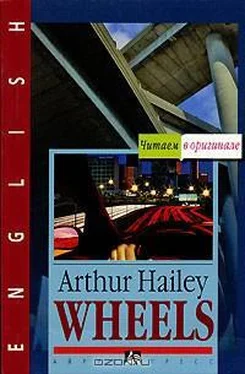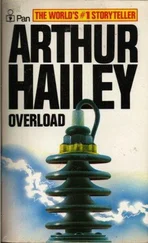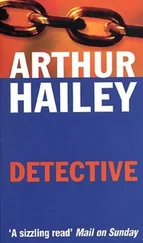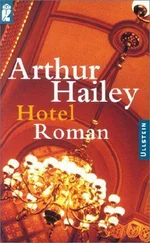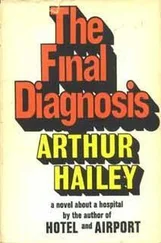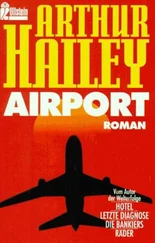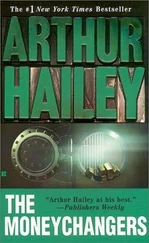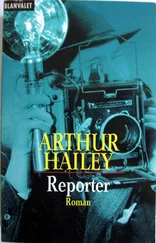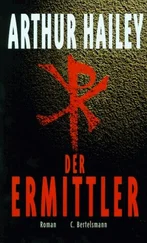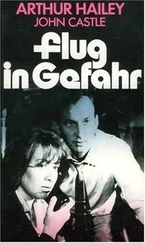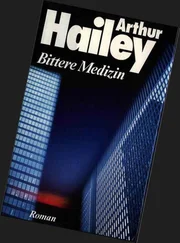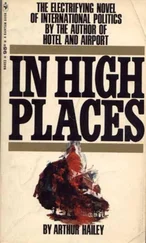Arthur Hailey - Wheels
Здесь есть возможность читать онлайн «Arthur Hailey - Wheels» весь текст электронной книги совершенно бесплатно (целиком полную версию без сокращений). В некоторых случаях можно слушать аудио, скачать через торрент в формате fb2 и присутствует краткое содержание. Жанр: Современная проза, на английском языке. Описание произведения, (предисловие) а так же отзывы посетителей доступны на портале библиотеки ЛибКат.
- Название:Wheels
- Автор:
- Жанр:
- Год:неизвестен
- ISBN:нет данных
- Рейтинг книги:5 / 5. Голосов: 1
-
Избранное:Добавить в избранное
- Отзывы:
-
Ваша оценка:
- 100
- 1
- 2
- 3
- 4
- 5
Wheels: краткое содержание, описание и аннотация
Предлагаем к чтению аннотацию, описание, краткое содержание или предисловие (зависит от того, что написал сам автор книги «Wheels»). Если вы не нашли необходимую информацию о книге — напишите в комментариях, мы постараемся отыскать её.
Wheels — читать онлайн бесплатно полную книгу (весь текст) целиком
Ниже представлен текст книги, разбитый по страницам. Система сохранения места последней прочитанной страницы, позволяет с удобством читать онлайн бесплатно книгу «Wheels», без необходимости каждый раз заново искать на чём Вы остановились. Поставьте закладку, и сможете в любой момент перейти на страницу, на которой закончили чтение.
Интервал:
Закладка:
On the other hand, on a million cars, cost of the two add-ons - the floor reinforcement and brace - would be five million dollars, and it was expected that many more Orions than a million would be built and sold. Millions of dollars to be added to production expense, to say nothing of lost profit, and all for an item wholly negative! In auto construction, five dollars was a major sum, and auto manufacturers thought normally in pennies, shaving two cents here, a nickel there, necessary because of the immense total numbers involved. Adam said in deep disgust, "Goddam!"
He glanced at Brett. The designer said, "I guess it isn't funny."
Adam's outburst in the car was not the first clash they had had since the Orion project started. Sometimes it had been Brett who flared up. But through everything so far they had managed to remain friends. It was as well, because there was a new project ahead of them, at the moment codenamed Farstar.
Ian Jameson announced, "If you want to drive over to the lab, we've a car with the add-ons for you to see."
Adam nodded sourly. "Let's get on with it."
Brett DeLosanto looked upward incredulously. "You mean that hunk of scrap, and the other, 'll cost five bucks!"
He was staring at a steel strip running across the underside of an Orion, and secured by bolts.
Adam Trenton, Brett, and Ian Jameson were inspecting the proposed floor reinforcement from an inspection area beneath a dynamometer, so that the whole of the car's underside was open to their view. The dynamometer, an affair of metal plates, rollers, and instrumentation, with a vague resemblance to a monstrous service station hoist, allowed a car to be operated as if on the road, while viewed from any angle.
They had already inspected, while above, the other cowl-to-steering column-to-cowl brace.
Jameson conceded, "Possibly you could save a few cents from cost, but no more, after allowing for material, machining, then bolt fittings and installation labor."
The engineer's manner, a kind of pedantic detachment as if cost and economics were really none of his concern, continued to irritate Adam, who asked, "How much is Engineering protecting itself? Do we really need all that?"
It was a perennial question from a product planner to an engineer. The product men regularly accused engineers of building in, everywhere, greater strength margins than necessary, thus adding to an automobile's cost and weight while diminishing performance. Product Planning was apt to argue: If you let the Iron Rings have their way, every car would have the strength of Brooklyn Bridge, ride like an armored truck, and last as long as Stonehenge. Taking an adversary view, engineers declaimed: Sure, we allow margins because if something fails we're the ones who take the rap. If product planners did their own engineering, they'd achieve light weight - most likely with a balsawood chassis and tinfoil for the engine block.
"There's no engineering protection there." It was Jameson's turn to be huffy. "We've reduced the NVH to what we believe is an acceptable level.
If we went a more complicated route - which would cost more - we could probably take it out entirely. So far we haven't."
Adam said noncommittally, "We'll see what this does."
Jameson led the way as the trio climbed a metal stairway from the inspection level to the main floor of the Noise and Vibration Laboratory above.
The lab - a building at the proving ground which was shaped like an airplane hangar and divided into specialist work areas, large and small - was busy as usual with NVH conundrums tossed there by various divisions of the company. One problem now being worked on urgently was a high-pitched, girlish-sounding scream emitted by a new-type brake on diesel locomotives. Industrial Marketing had enjoined sternly: The stopping power must be retained, but locomotives should sound as if being braked, not raped.
Another poser - this from Household Products Division - was an audible click in a kitchen oven control clock; a competitor's clock, though less efficient, was silent. Knowing that the public distrusted new or different sounds and that sales might suffer if the click remained, Household Products had appealed to the NVH lab to nix the click but not the clock.
Automobiles, however, produced the bulk of the laboratory's problems.
A recent one stemmed from revised styling of an established model car.
The new body produced a drum sound while in motion; tests showed that the sound resulted from a windshield which had been reshaped. After weeks of hit-and-miss experimentation, NVH engineers eliminated the drum noise by introducing a crinkle in the car's metal floor. No one, including the engineers, knew exactly why the crinkle stopped the windshield drumming; the important thing was - it did.
The present stage of Orion testing in the lab had been set up on the dynamometer. Hence the car could be operated at any speed, either manually or by remote control, for hours, days, or weeks continuously, yet never move from its original position on the machine's rollers.
The Orion which they had looked at from beneath was ready to go.
Stepping over the steel plates of the dynamometer, Adam Trenton and Ian Jameson climbed inside, Adam at the wheel.
Brett DeLosanto was no longer with them. Having satisfied himself that the proposed add-ons would not affect the car's outward appearance, Brett had returned outside to review a minor change made recently in the Orion grille. Designers liked to see results of their work out of doors - "on the grass," as they put it. Sometimes, in open surroundings and natural light, a design had unexpected visual effects, compared with its appearance in a studio.
When the Orion, for example, was first viewed in direct sunlight the front grille had unexpectedly appeared black instead of bright silver, as it should. A change of angle in the grille had been necessary to correct it.
A girl technician in a white coat came out from a glass-lined control booth alongside the car. She inquired, "Is there any special kind of road you'd like, Mr. Trenton?"
"Give him a bumpy ride," the engineer said. "Let's take one from California."
"Yes, sir." The girl returned to the booth, then leaned out through the doorway, holding a magnetic tape reel in her hand. "This is State Route 17, between Oakland and San Jose." Going back into the booth, she pressed the reel onto a console and passed the tape end through a take-up spool.
Adam turned the ignition key. The Orion's engine sprang to life.
The tape now turning inside the glass booth would, Adam knew, transfer the real road surface, electronically, to the dynamometer rollers beneath the car. The tape was one of many in the lab's library, and all had been made by sensitive recording vehicles driven over routes in North America and Europe. Thus, actual road conditions, good and bad, could be reproduced instantly for test and study.
He put the Orion in drive and accelerated.
Speed rose quickly to 50 mph. The Orion's wheels and the dynamometer rollers were racing, the car itself standing still. At the same time, Adam felt an insistent pounding from below.
"Too many people think California freeways are great," Ian Jameson observed. "It surprises them when we demonstrate how bad they can be."
The speedometer showed 65.
Adam nodded. Auto engineers, he knew, were critical of California road building because the state roads - due to the absence of frost - were not made deep. The lack of depth allowed concrete slabs to become depressed at the center and curled and broken at the edges - a result of pounding by heavy trucks. Thus, when a car came to the end of a slab, in effect it fell off and bounced onto the next. The process caused continuous bumps and vibrations which cars had to be engineered to absorb.
Читать дальшеИнтервал:
Закладка:
Похожие книги на «Wheels»
Представляем Вашему вниманию похожие книги на «Wheels» списком для выбора. Мы отобрали схожую по названию и смыслу литературу в надежде предоставить читателям больше вариантов отыскать новые, интересные, ещё непрочитанные произведения.
Обсуждение, отзывы о книге «Wheels» и просто собственные мнения читателей. Оставьте ваши комментарии, напишите, что Вы думаете о произведении, его смысле или главных героях. Укажите что конкретно понравилось, а что нет, и почему Вы так считаете.
